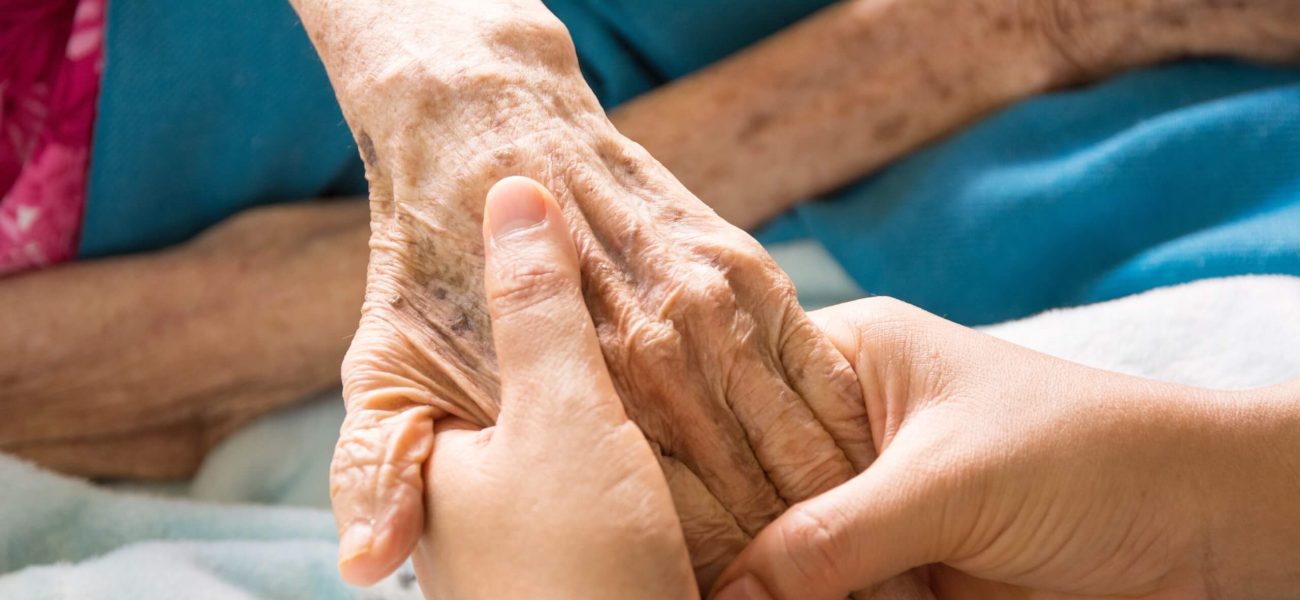When mobility becomes a challenge at home, it affects more than just how someone gets around. It impacts their confidence, independence, and overall wellbeing.
For families, it can also bring added stress, especially when daily routines start to revolve around helping someone move safely and comfortably through the house.
Yet with just a few adjustments and the right support, your home can remain a safe, accessible space without sacrificing comfort or familiarity.
Look to see where the challenges are
The first step isn’t rushing into big changes; it’s paying attention and looking to see where the difficulties are happening. Is it about standing for long periods, navigating stairs, or using certain rooms altogether?
Some signs to look out for include:
- Rooms being avoided (especially upstairs bedrooms or bathrooms)
- Increased time taken for basic tasks, for example, dressing or preparing meals
Spotting these patterns early helps you focus your efforts where they’re needed most.
Make small, high-impact changes
Before you consider a full renovation, look at the simple tweaks that can improve accessibility right away:
- Rearrange furniture to create clearer pathways
- Install grab handles in bathrooms or near doorways
- Use motion-sensor lights in hallways for night-time safety
- Move essential items to waist or chest height to avoid bending or stretching
- Check flooring for rugs or surfaces that could pose a tripping risk
One of the most effective upgrades in multi-level homes is a stairlift. Even though stairlift prices depend on the staircase and model type, many families find that the long-term benefit outweighs the upfront cost, especially compared to the emotional and financial strain of moving house.
Focus on independence, not just safety
It’s easy to focus on what someone can’t do when mobility becomes a challenge. But what often matters more is what they can still do, especially on their own terms.
Supporting independence might mean:
- Letting them set the pace of help, rather than stepping in automatically
- Offering tools (like walkers or reachers) that encourage movement, not replace it
- Choosing practical aids that feel like part of the home, not medical equipment
When someone feels more in control, it often improves both physical confidence and emotional wellbeing.
Try to involve the whole household
Mobility struggles affect everyone in the home, not just the person facing the challenge. When the household works together, solutions tend to be more practical and long-lasting.
Even young family members can play a role, whether it’s helping with shopping, keeping walkways clear, or checking in on routines.
And if carers or support workers are involved, keeping open communication helps make the care process feel more collaborative than clinical.
Don’t wait for a fall to make a change
Unfortunately, many households delay making changes until there’s been a near-miss or even a serious accident. The best time to act is when you first start noticing struggles, not after an injury.
Ask yourself:
- Are stairs starting to become a barrier?
- Are certain rooms going unused?
- Are daily routines taking much longer than before?
If the answer is ‘yes’ to any of these, it might be time to look into support tools, room adjustments, or even just some simple household reshuffling.
Struggling with mobility doesn’t mean losing independence, but it does require adaptation. With the right approach, small adjustments can make a big difference to both safety and quality of life.
No matter if it’s installing a grab rail, learning about stairlift prices, or just moving a chair closer to the front door, these actions can help make a home feel like home again, without compromise. Taking action early, staying observant, and working together is often the most effective way to support your loved ones while keeping life flowing as normally as possible.





















